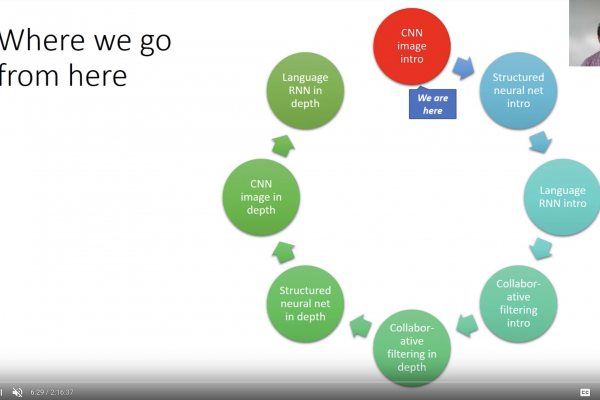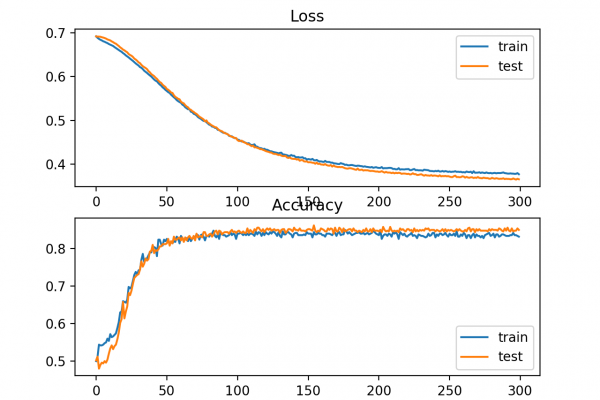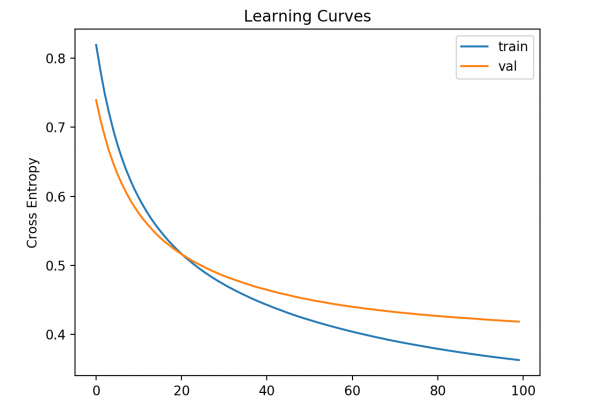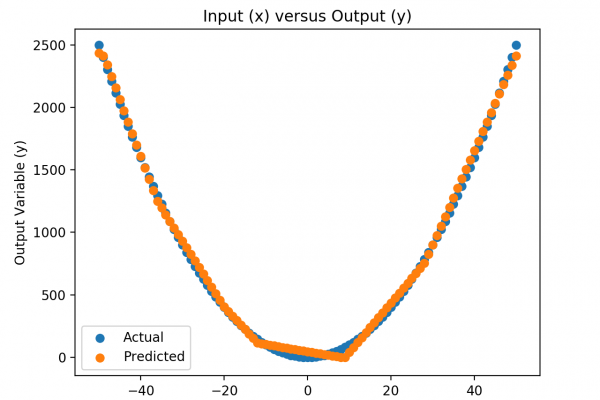Why Initialize a Neural Network with Random Weights?
Last Updated on March 26, 2020 The weights of artificial neural networks must be initialized to small random numbers. This is because this is an expectation of the stochastic optimization algorithm used to train the model, called stochastic gradient descent. To understand this approach to problem solving, you must first understand the role of nondeterministic and randomized algorithms as well as the need for stochastic optimization algorithms to harness randomness in their search process. In this post, you will discover […]
Read more








